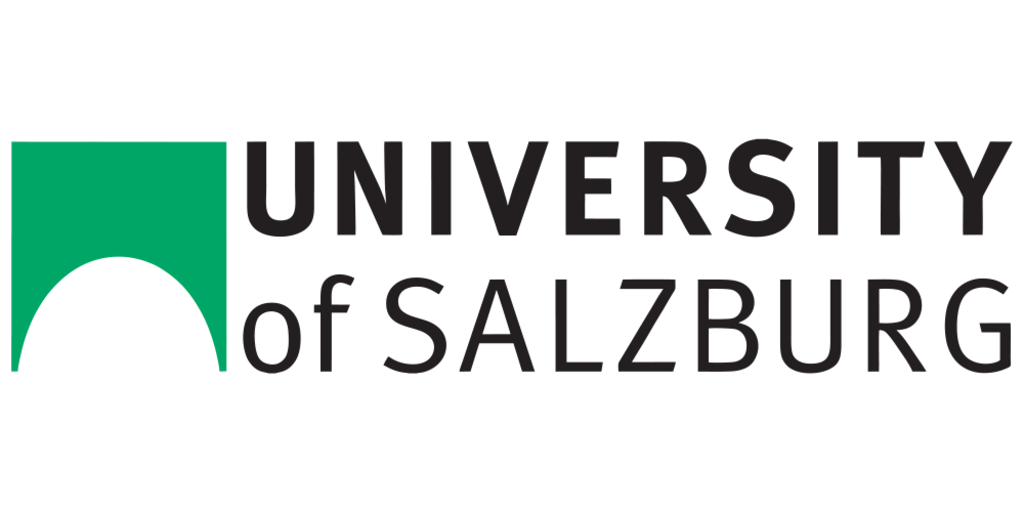University of Salzburg

WELCOME TO THE PARIS LODRON UNIVERSITY OF SALZBURG!
Welcome to the University of Salzburg! The Paris Lodron University of Salzburg is the largest educational institution in the Salzburg region. Presently, over 18,000 students are enrolled and it employs approximately 2,700 staff members in research, teaching and administration. As an integral part of both cultural and educational life, the University serves as a meeting place for teaching staff, students and academics, as well as the general public. Since our re-establishment in 1962, the University has developed into a modern, vibrant institution whose four FacultiesTheology, Law, Cultural and Social Sciences, and Natural Sciencesmeet the highest standards of teaching and research.
HISTORY AND PROFILE
University History
In 2012, the University of Salzburg celebrated its 50th anniversary since its re-establishment in 1962. Its tradition, however, dates back to the Baroque period; the Alma Mater Paridiana in 1622 was formally opened by Prince Archbishop Paris Lodron. Support of the University was provided by a confederation of 33 Benedictine abbeys of Southern Germany, Austria, Switzerland and Salzburg. Until its dissolution in the wake of the annexation of Salzburg to Bavaria in 1810, theological and philosophical, as well as Juridical and medical lectures were held at the University.
The resumption of the operation of the Faculty of Philosophy, as well as the inauguration of the first Rector occurred in the year 1964. Only later was the University expanded to include a Faculty of Law. Today, the University of Salzburg is divided into four faculties: Catholic Theology, Law, Cultural and Social Sciences, and Natural Sciences, as well as Interdisciplinary departments.
University Profile
Since its re-establishment, the University of Salzburg has experienced tremendous growth and development, modernization and optimisation. In recent years, no fewer than five Christian Doppler laboratories and three endowed professorships were established. Within the four faculties of the University of Salzburg are four Schwerpunkte, or main areas of emphasis, and 10 centres. There have been many other projects realized, such as the adaption of Castle Rif for the Department of Sport Science and Kinesiology. The Sports Campus created is unique throughout Europe. In addition, the Research Centre on Life Sciences and Health is now located in the former building of the Academy of Sciences, the Great Hall of the University was renovated, and the Edmundsburg was adapted to a House for Europe.
One of the largest construction projects of the University of Salzburg, the UNIPARK Nonntal, was built in 2011. In it, a large part of the Faculty of Cultural and Social Sciences is now housed. In addition to public funds, a large financial contribution from the University made the realisation of the construction possible. With the strategic development of the University and associated intensive investment activity, as well as a marked reform of the entire education and training course offering, the Rectorate will ensure the competitiveness of the University of Salzburg. In just a few years, the number of students has increased from 12,000 to 18,000.